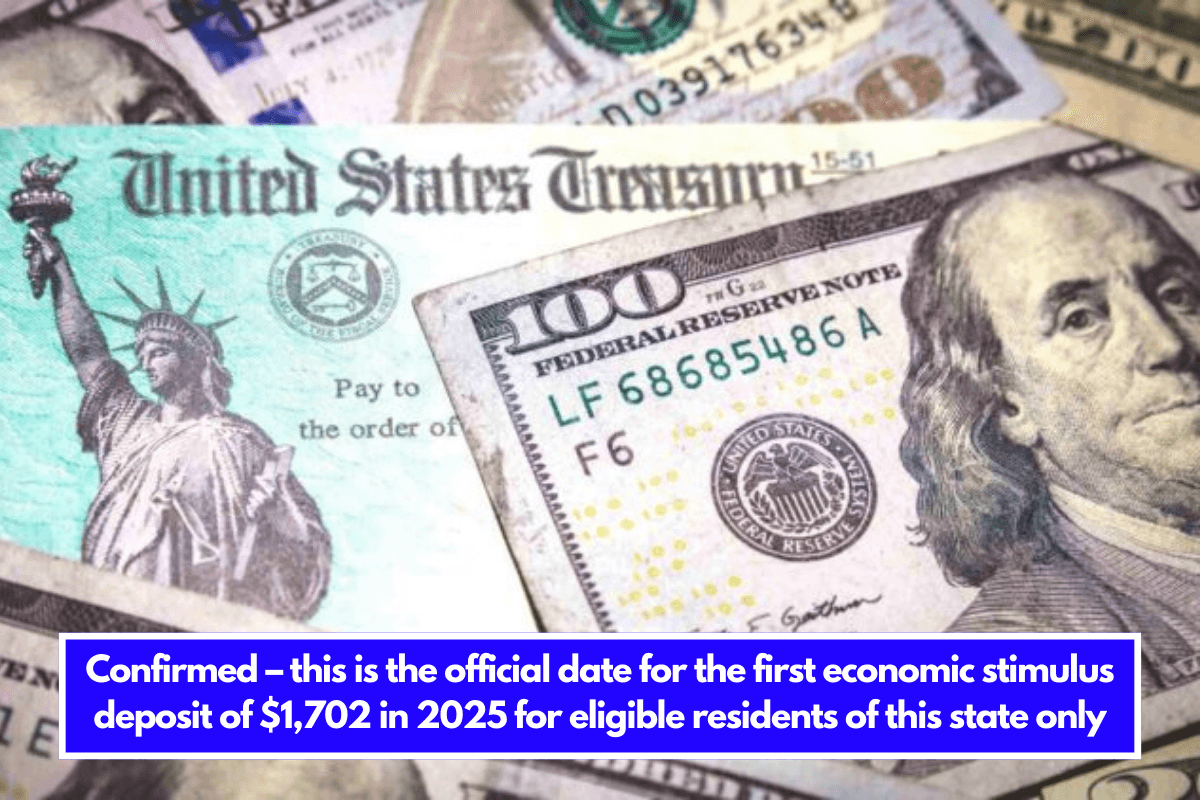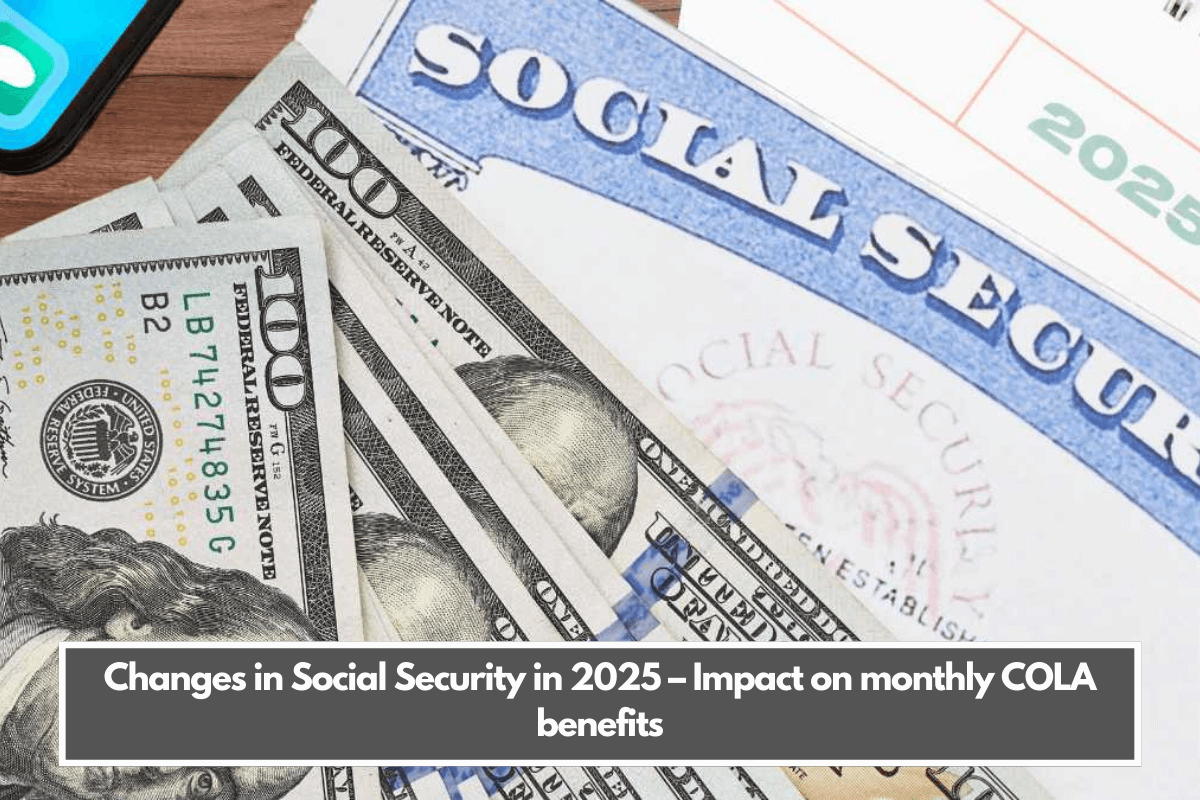Social Security remains a cornerstone of financial stability for millions of Americans, but its annual adjustments can make the program complex. Staying informed about these updates is crucial for effective financial planning. For 2025, several important changes, including adjustments to the Full Retirement Age (FRA) and maximum benefits, are set to impact workers and retirees alike.
COLA
The most anticipated annual change to Social Security is the Cost-of-Living Adjustment (COLA). For 2025, a 2.5% increase will help benefits keep pace with inflation, safeguarding beneficiaries’ purchasing power amid rising costs for essentials.
Full Retirement Age (FRA)
The Full Retirement Age (FRA) is the age at which retirees can claim 100% of their Primary Insurance Amount (PIA), their baseline benefit. FRA has been gradually increasing and will reach 67 for those born in 1960 or later.
| Birth Year | Full Retirement Age (FRA) |
|---|---|
| 1943-1954 | 66 |
| 1955 | 66 and 2 months |
| 1956 | 66 and 4 months |
| 1957 | 66 and 6 months |
| 1958 | 66 and 8 months |
| 1959 | 66 and 10 months |
| 1960 and later | 67 |
While the earliest retirement age remains 62, retiring early comes with a penalty—a 30% reduction in benefits compared to what would have been available at FRA. To maximize benefits, workers must pay Social Security taxes for 35 years and retire at or after their FRA.
Delayed Retirement Bonus
For those who delay retirement beyond their FRA, Social Security offers a significant incentive. Retiring at age 70 yields an 8% annual increase in benefits for every year delayed, up to a total of 24% for individuals whose FRA is 67. This provides a compelling reason for workers to postpone claiming benefits if possible.
Maximum Retired-Worker Benefits
Social Security benefits have a cap, and the maximum benefit amount increases annually along with the COLA. To qualify for the maximum, a worker must:
- Work for 35 years earning the maximum taxable income.
- Delay claiming benefits until age 70.
While these conditions are challenging to meet, the difference between benefits at various ages highlights the value of waiting.
| Claim Age | Maximum Monthly Benefit |
|---|---|
| 62 | $2,831 |
| 65 | $3,374 |
| 66 | $3,795 |
| 67 | $4,043 |
| 70 | $5,108 |
Only about 7% of workers satisfy these requirements, but for those who do, the rewards are substantial.
Planning for 2025
- Understand Your FRA: Knowing your FRA is key to determining when to claim benefits without penalties.
- Consider Delaying Retirement: Postponing benefits can significantly increase your monthly income.
- Track the COLA: The 2.5% adjustment for 2025 ensures your benefits keep up with inflation.
- Evaluate Your Earnings History: Ensure you’ve worked for at least 35 years to maximize your PIA.
Social Security’s 2025 updates underline the importance of informed decision-making. Whether it’s knowing FRA changes or leveraging delayed retirement bonuses, these adjustments can significantly impact your financial future. By staying proactive and planning ahead, you can make the most of your benefits in the years to come.
FAQs
What is the 2025 COLA increase?
The 2025 COLA is a 2.5% increase to benefits.
What is Full Retirement Age (FRA)?
The age you can claim 100% of your Primary Insurance Amount.
What is the maximum Social Security benefit in 2025?
$5,108 per month if claimed at age 70.
How much do early retirees lose?
Early retirees lose up to 30% of their benefits.
What is the delayed retirement bonus?
An 8% annual increase for benefits claimed after FRA.

















